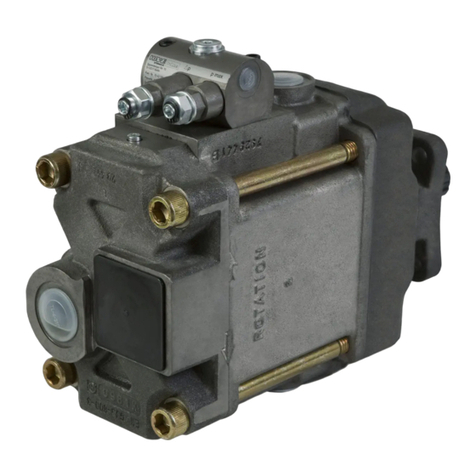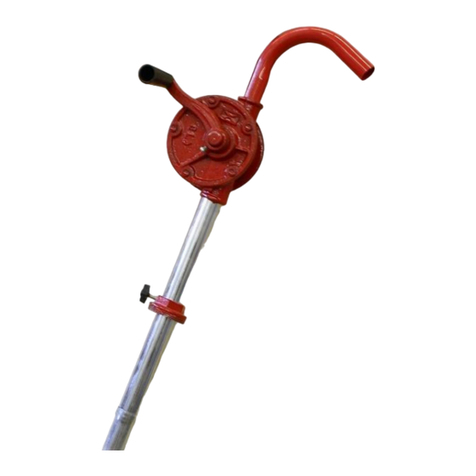Graco Hydra-Clean 1040 Instruction Manual
Other Graco Water Pump manuals
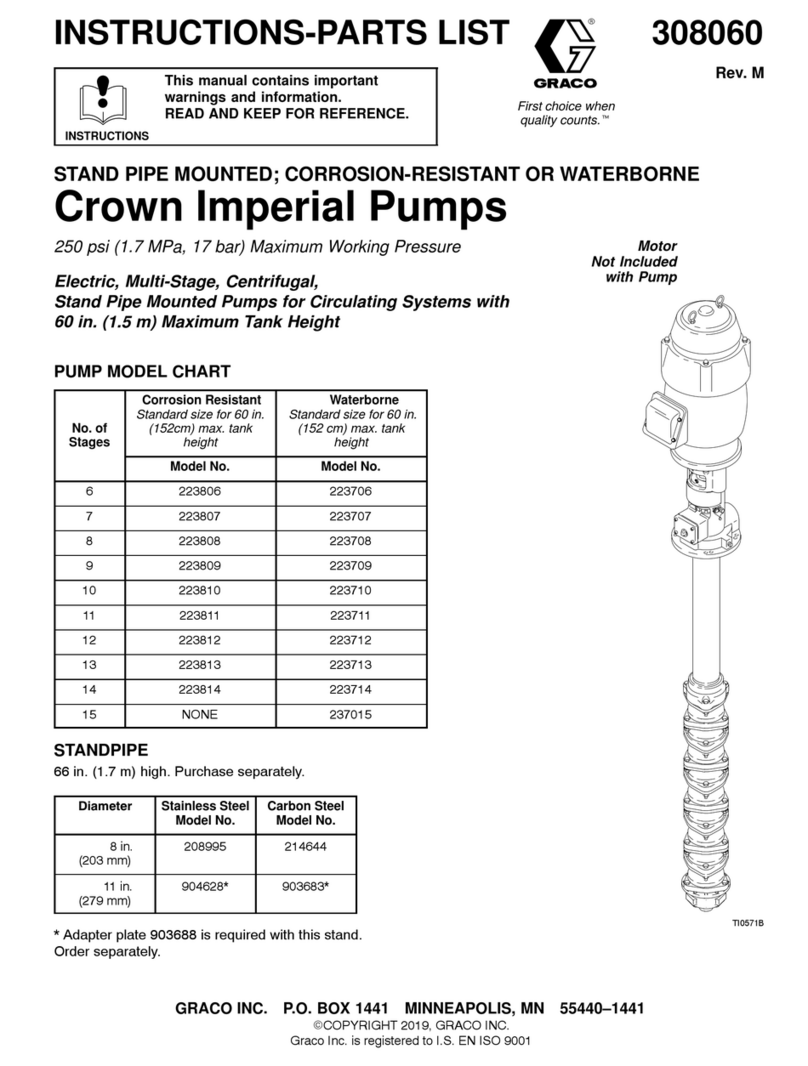
Graco
Graco Crown Imperial Series Datasheet

Graco
Graco FALCON 244086 Operation manual

Graco
Graco 231161 Operation manual
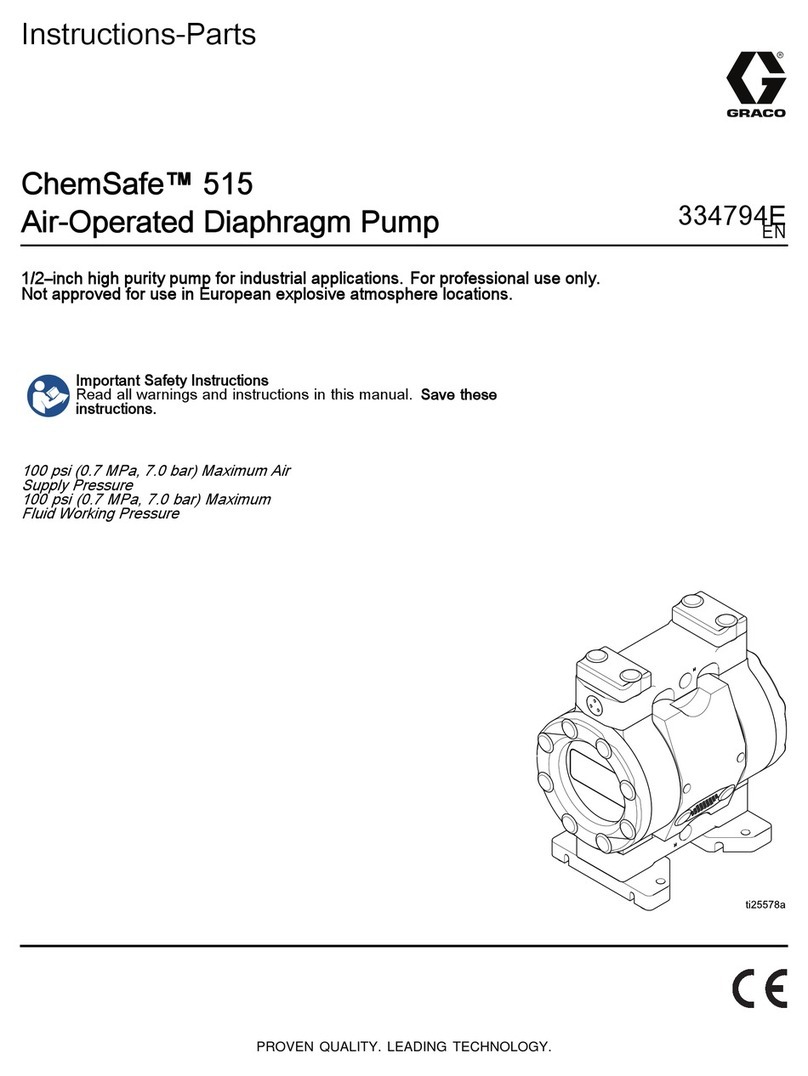
Graco
Graco ChemSafe 515 Parts list manual

Graco
Graco TRITON D Series Operation manual
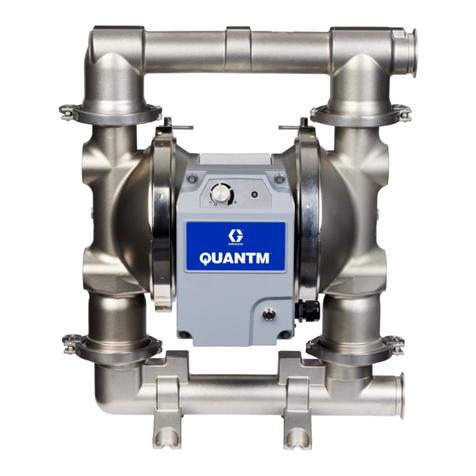
Graco
Graco QUANTM h30 QHS: QUANTM h80 QHD User manual
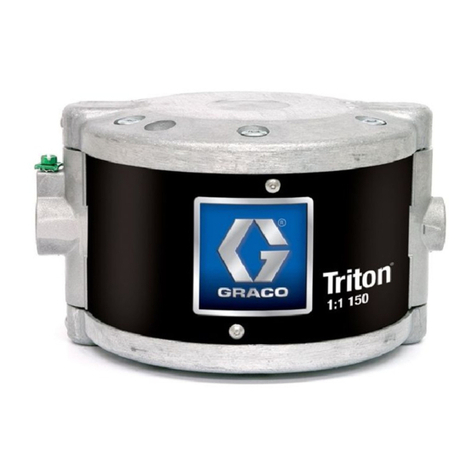
Graco
Graco Triton 308 Operation manual
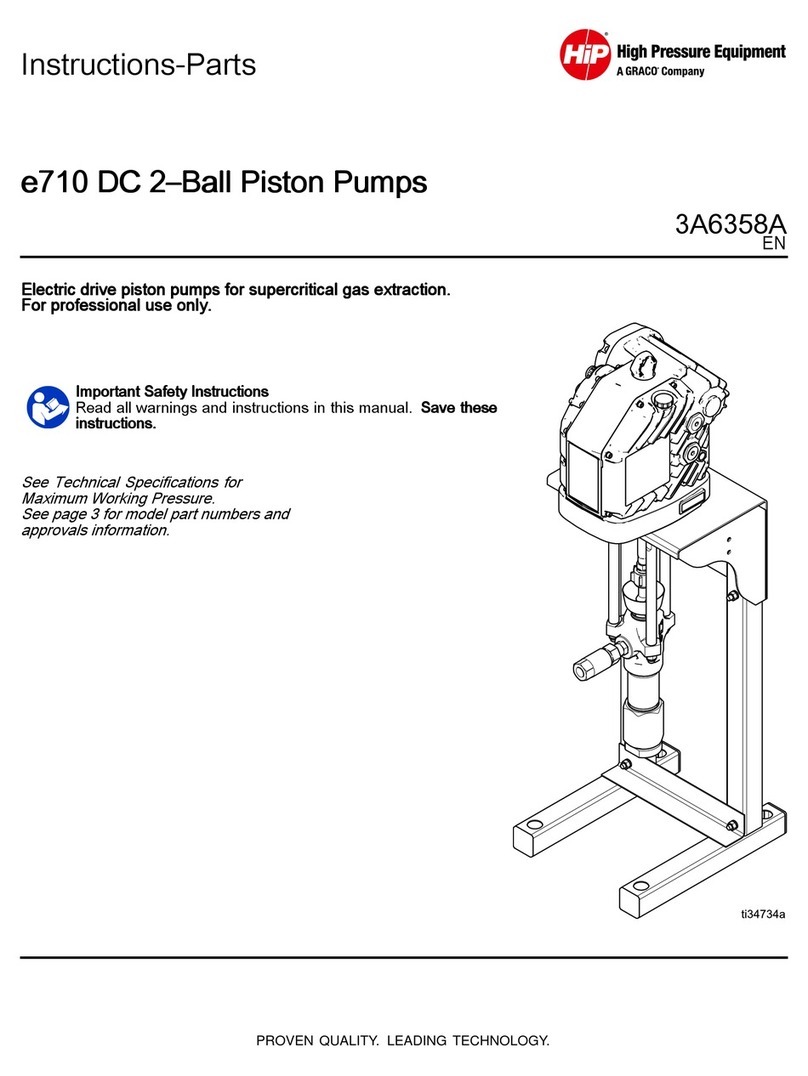
Graco
Graco HIP e710 Series Operation manual

Graco
Graco ChemSafe 1040 Operation manual

Graco
Graco saniforce 2150 Manual
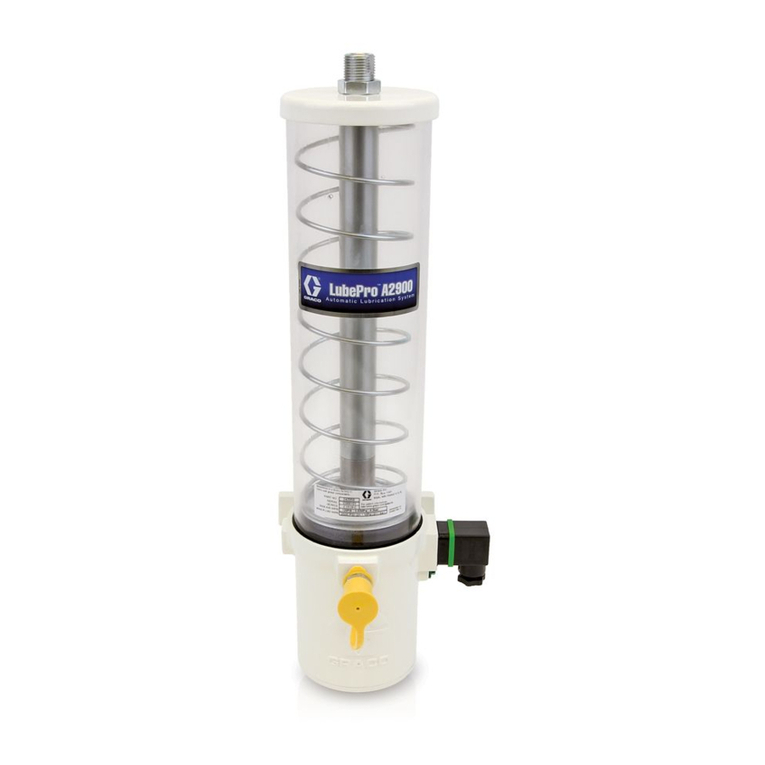
Graco
Graco 29:1 Lube Pro User manual

Graco
Graco SaniForce 24E836 Parts list manual
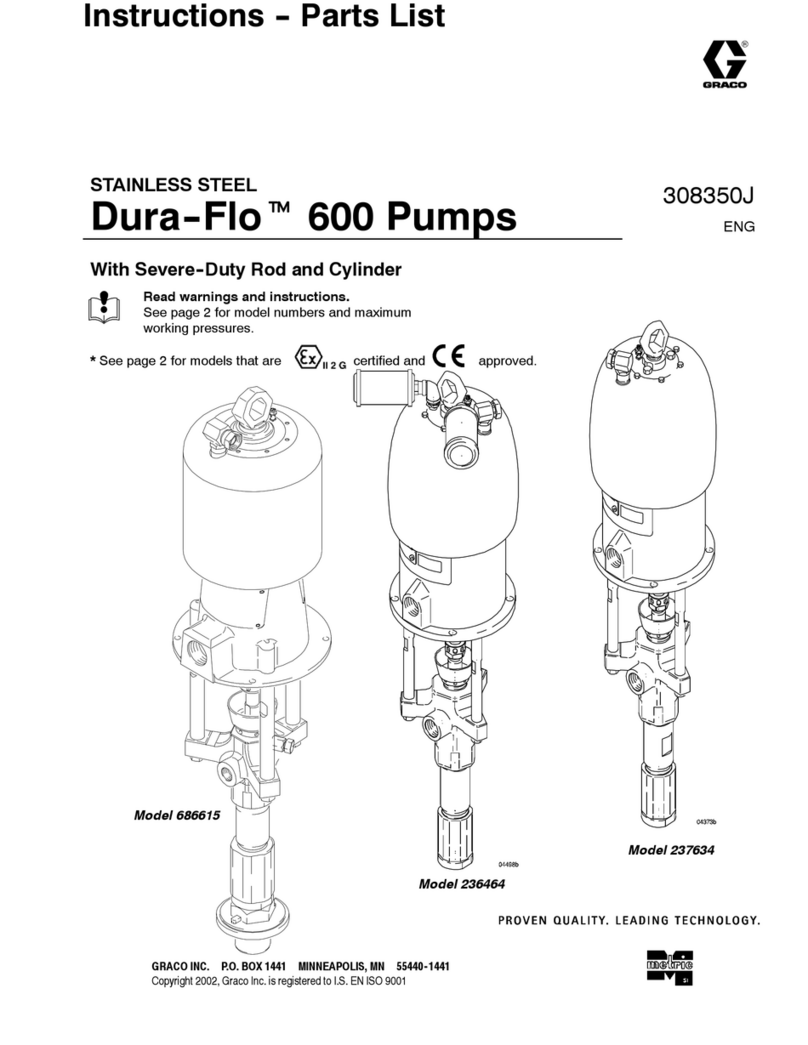
Graco
Graco metrie Dura-Flot 600 Datasheet
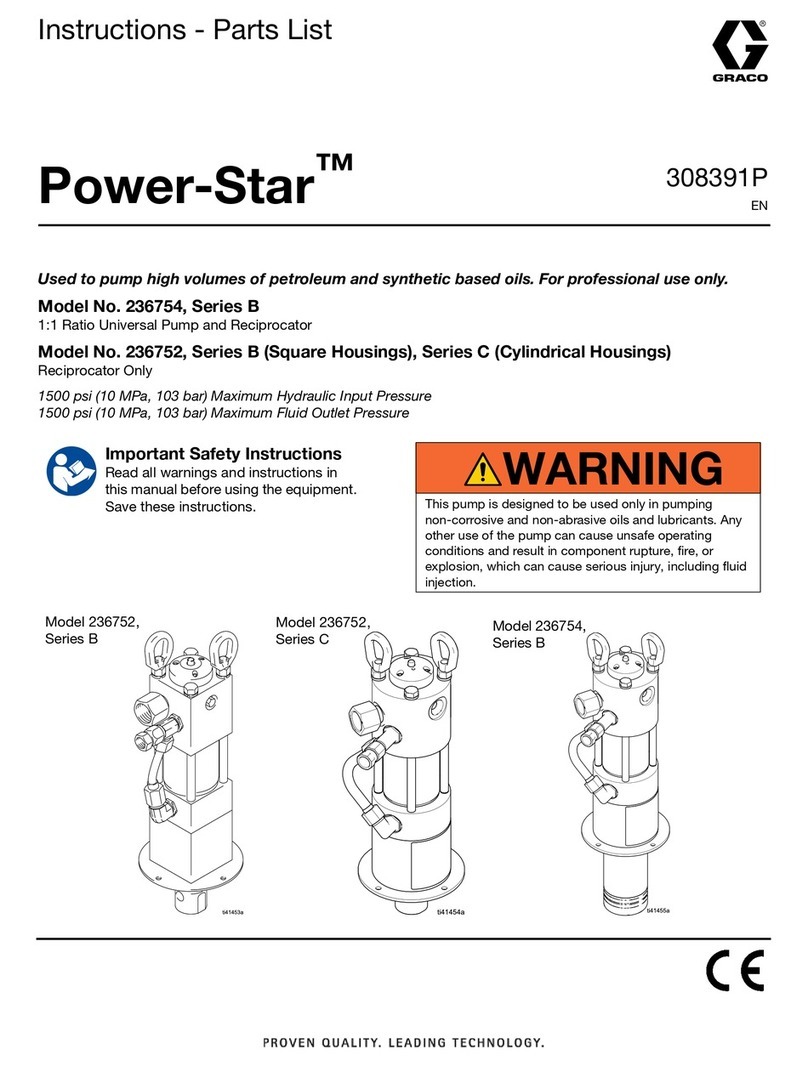
Graco
Graco Power-Star B Series User manual

Graco
Graco Fireball 225 Owner's manual
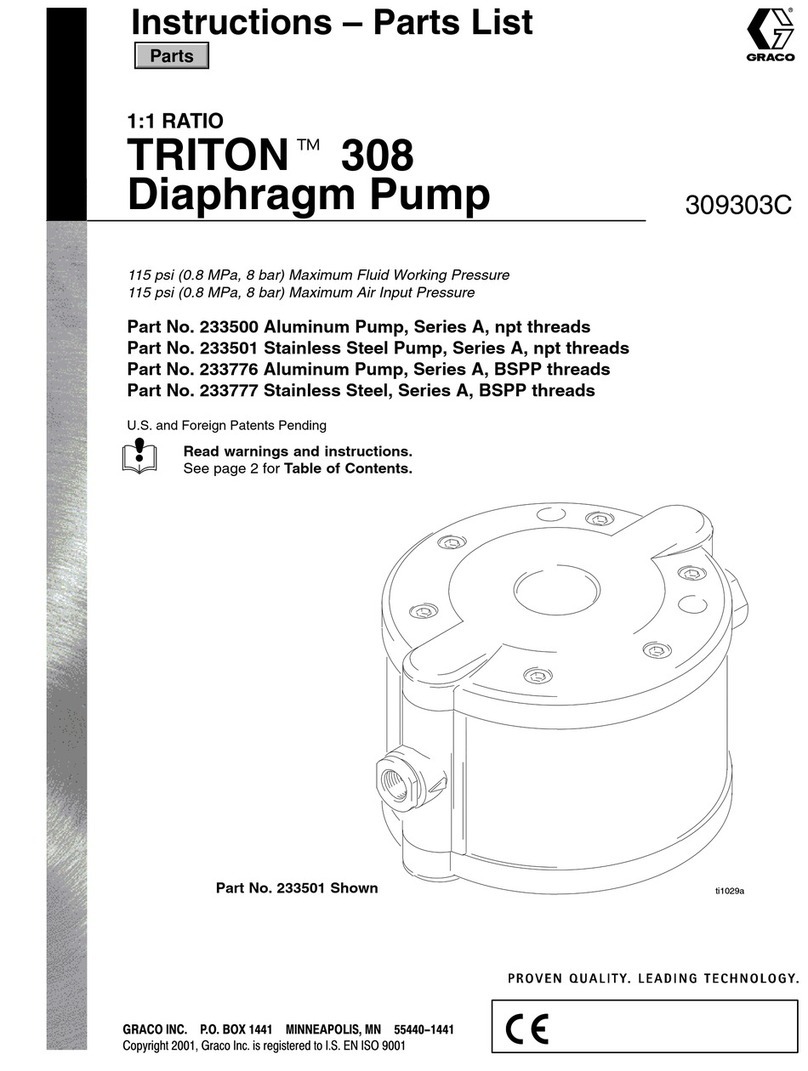
Graco
Graco 233500 Operation manual

Graco
Graco Husky 2150e Use and care manual
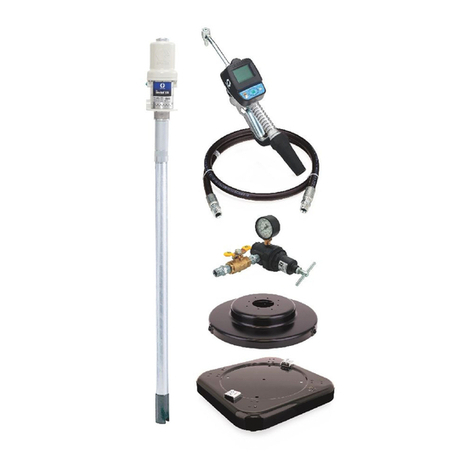
Graco
Graco Fireball 225 Operation manual

Graco
Graco Husky 2150 User manual

Graco
Graco Husky 515 series User manual
Popular Water Pump manuals by other brands

Fieldmann
Fieldmann FVC 5015 EK user manual
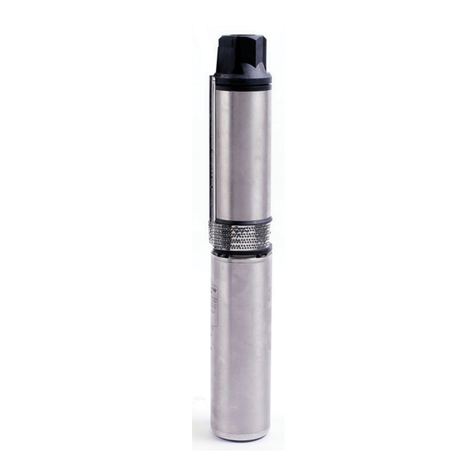
Everbilt
Everbilt EFSUB5-122HD Use and care guide
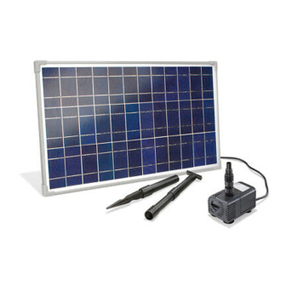
esotec
esotec 101018 operating manual
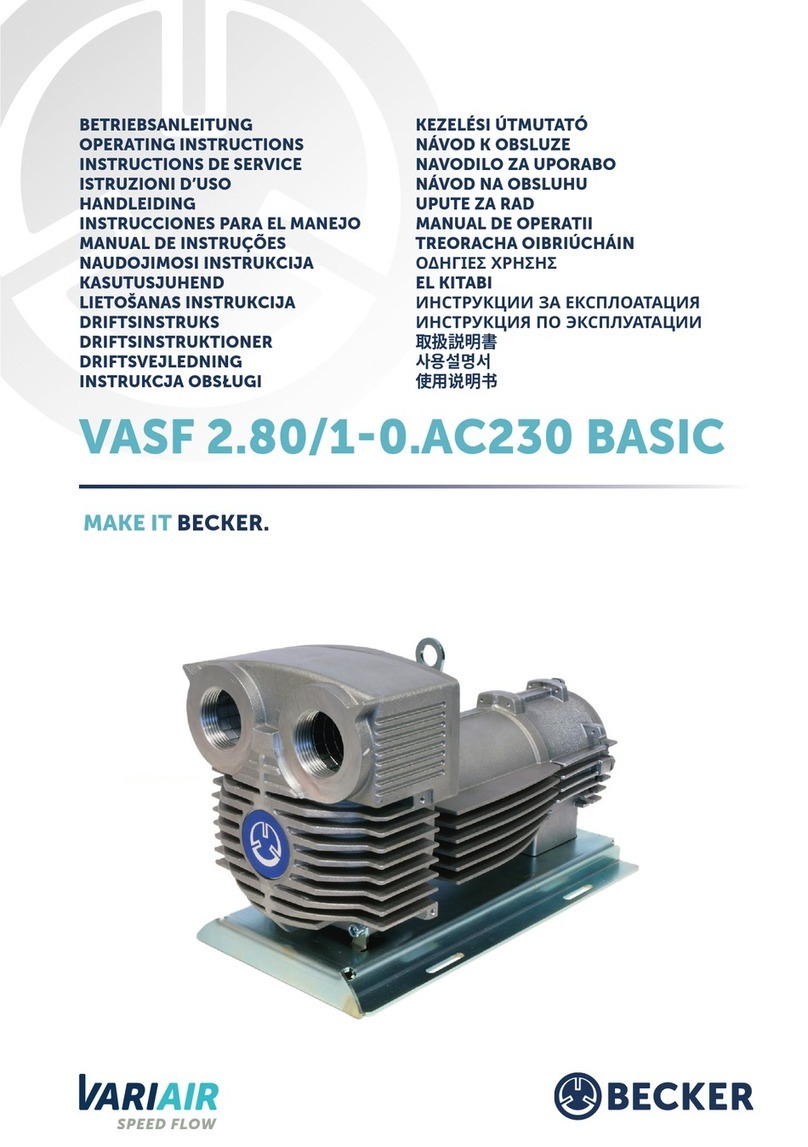
Becker
Becker BASIC VASF 2.80/1-0.AC230 operating instructions

Sykes AmeriPumps
Sykes AmeriPumps GP100M Operation and maintenance instructions

DUROMAX
DUROMAX XP WX Series user manual

BRINKMANN PUMPS
BRINKMANN PUMPS SBF550 operating instructions

Franklin Electric
Franklin Electric IPS Installation & operation manual
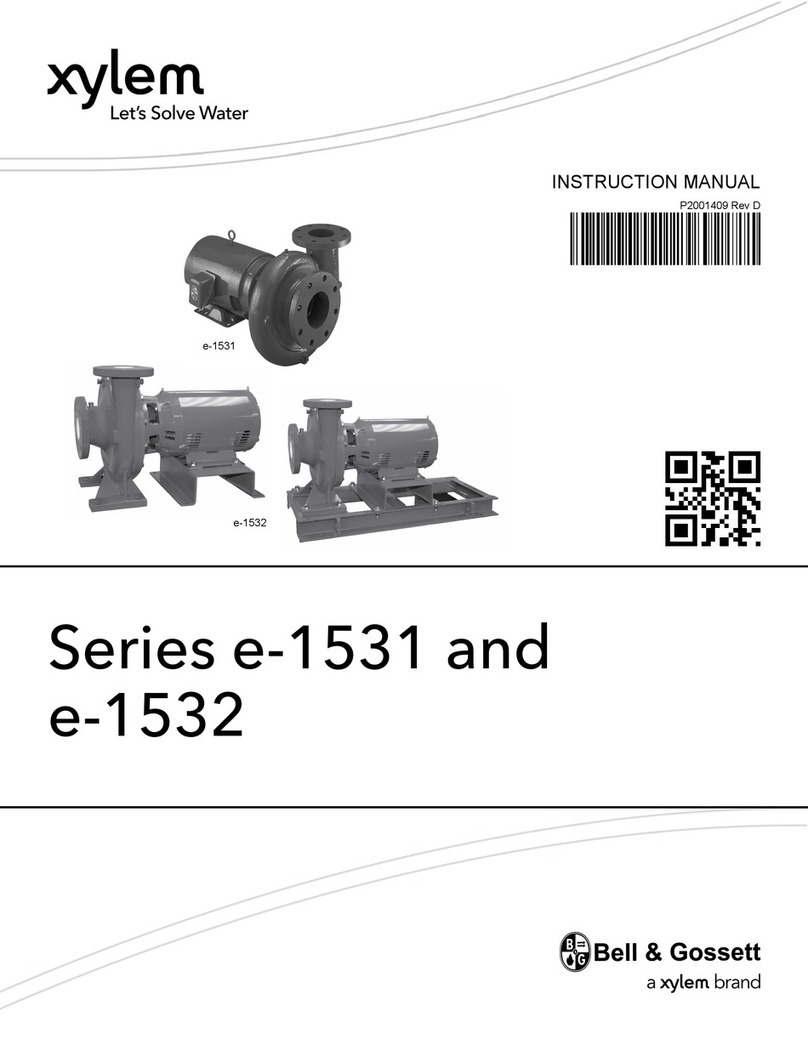
Xylem
Xylem e-1532 Series instruction manual

Milton Roy
Milton Roy PRIMEROYAL instruction manual
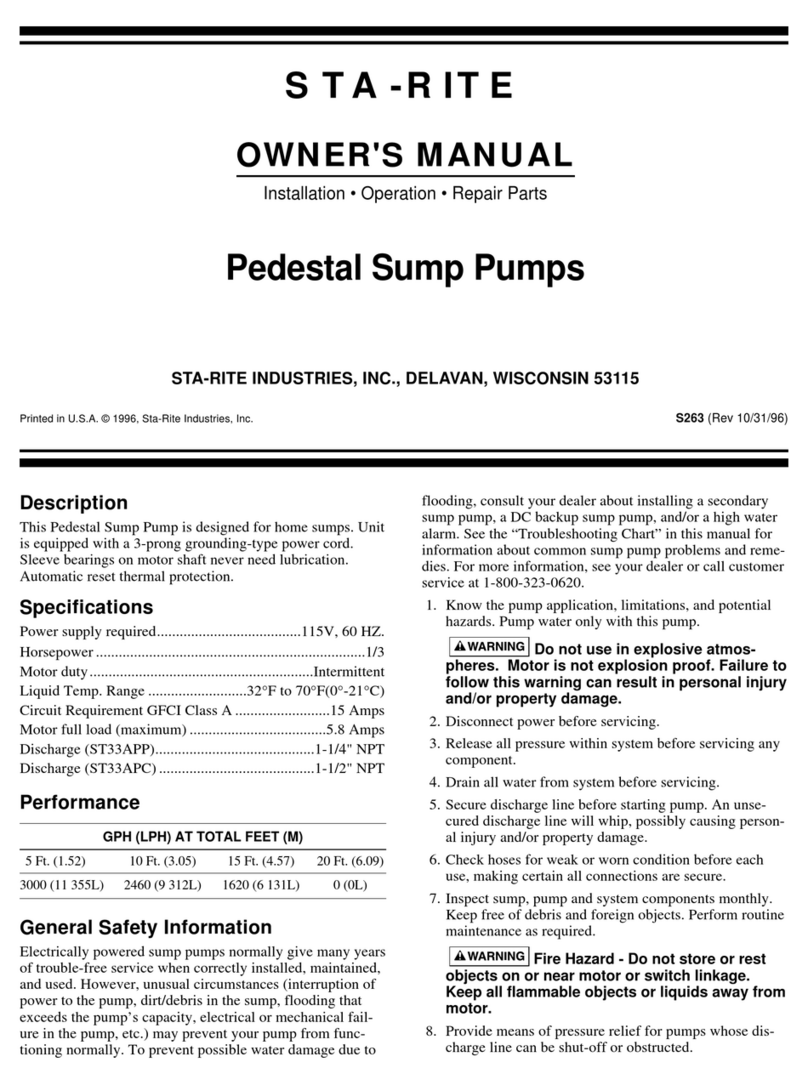
STA-RITE
STA-RITE ST33APP owner's manual

GÜDE
GÜDE HWW 900 GC Translation of the original instructions








